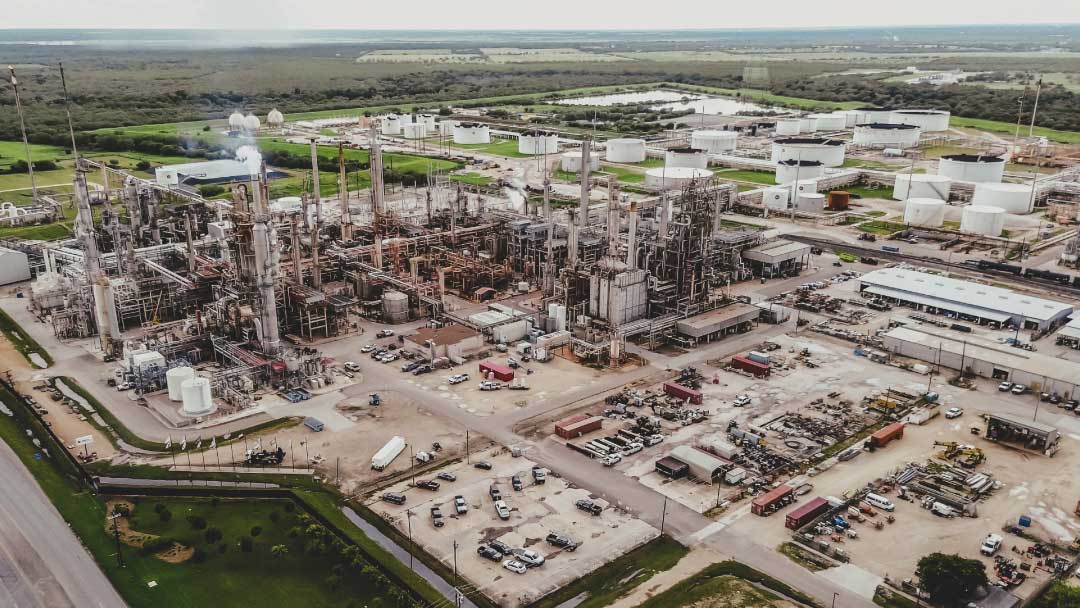The Role of Oil and Gas Access Control in Security
Why Oil and Gas Access Control Matters
The oil and gas industry operates some of the most critical and high-value infrastructure in the world. From remote pipelines to sprawling refineries, these facilities face constant risk from theft, sabotage, and unauthorized entry. For leaders in this sector, protecting assets is about more than preventing loss – it is about safeguarding lives, maintaining compliance, and ensuring operational continuity.
This is where oil and gas access control becomes a cornerstone of security.
By managing who can enter, when, and under what conditions, access control solutions create a secure environment that reduces risk and builds trust.

Security Risks Facing Oil and Gas Facilities
Oil and gas operations face unique vulnerabilities that few other industries encounter. Facilities are often remote, yet they house equipment worth millions. They are targets for theft, vandalism, and eco-activism, and they must also guard against insider threats and cyber-physical breaches.
Consider a remote pipeline valve station…
If an unauthorized person gains entry, the result could be more than just stolen equipment – it could mean an operational shutdown, environmental damage, or safety hazards for employees. Traditional locks and keys cannot meet these challenges. Modern pipeline security solutions are required to address today’s threats.
What Modern Access Control Looks Like in Energy Operations
Gone are the days when access control meant a chain-link fence and a padlock. In the modern oil and gas industry, security is smarter and more connected.
- Smart card readers and mobile credentials allow flexible, trackable entry.
- Biometric verification ensures only authorized individuals gain access.
- System integration connects access control with video surveillance, intrusion detection, and centralized command centers.
- Tiered access levels differentiate between employees, contractors, and vendors, granting only the permissions necessary for their role.
Together, these technologies create layered security that strengthens energy infrastructure security across the board.
Benefits of Oil and Gas Access Control
Implementing smart access control delivers measurable results:
- Safety: Unauthorized personnel are kept out of hazardous areas where accidents could occur.
- Compliance: Systems help meet OSHA, EPA, and other industry standards.
- Operational continuity: By reducing risk of breaches, companies avoid costly downtime.
- Accountability: Digital audit trails provide a clear record of who entered, when, and for what purpose.
Each of these outcomes strengthens both day-to-day operations and long-term resilience, proving that securing oil and gas facilities is not just a compliance exercise but a business imperative.
Challenges in Implementing Access Control for Pipelines and Facilities
While the benefits are clear, implementation does not come without obstacles. Oil and gas environments present harsh realities that demand durable, well-planned systems.
- Extreme weather and remote terrain make installing and maintaining systems difficult.
- High contractor turnover requires frequent updates to access credentials.
- Emergency response demands override capabilities so teams can act quickly when lives are on the line.
Acknowledging these challenges upfront allows leaders to choose solutions designed for their realities, not just for ideal conditions.
Best Practices for Securing Oil and Gas Infrastructure
A thoughtful approach makes all the difference when deploying oil and gas access control systems. Some best practices include:
- Conducting a facility-specific risk assessment before installation.
- Layering physical barriers with smart digital controls for maximum effect.
- Auditing user permissions regularly to prevent credential creep.
- Training staff and contractors on both routine procedures and emergency overrides.
These practices transform access control from a basic security tool into a proactive shield for critical assets.
The Value of Partnering with the Right Security Provider
The most advanced access control system means little without a reliable partner who understands the industry. Oil and gas leaders need security providers with proven experience in harsh environments, regulatory compliance, and high-stakes operations.
At GPI Defense, we focus on solutions that balance cost, quality, and long-term value.
Our approach to energy infrastructure security ensures that access control is not treated as a one-size-fits-all product, but as part of a larger security ecosystem tailored to each facility’s unique risks.
Strengthening Energy Infrastructure Security
The oil and gas sector cannot afford to take chances with safety and continuity. Oil and gas access control is not just a technical measure – it is a vital investment in protecting lives, infrastructure, and the long-term stability of operations.
By combining modern technology, best practices, and the right security partner, energy leaders can build a stronger, safer future for their facilities.
“At GPI Defense, we protect more than just property… we actually safeguard your business from financial risks, theft, and legal liabilities.”